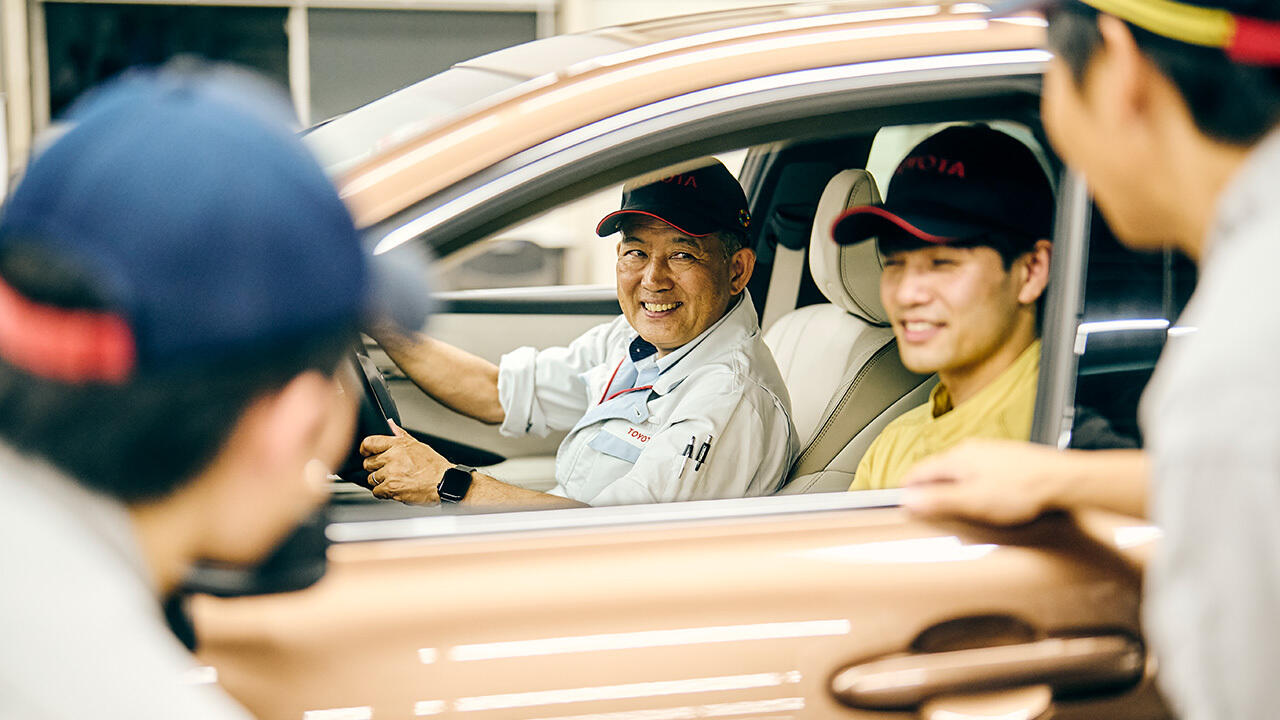
The latest Crown offers four different body variations. To uncover the story of their development, we went inside the genba behind Toyota's unique driving feel.

Generations of “Crownness”
The 16th generation Crown comes in four body variations—Crossover, Sport, Sedan, and Estate—offering something to suit every customer in an age of increasingly diverse values.
Despite these different body types, the four models share the Crown’s unique driving feel. Honed over successive generations of inheritance and evolution, this “Crownness” brings together quietness, comfort, and quality.

At the same time, each model has been imbued with a different character unique to its body type. Put another way, every vehicle has a distinct character built around that core Crown feel.
A key role in creating the feel of a car is played by the test drivers. As the name suggests, these individuals test development vehicles by drawing on their ability to detect subtle nuances that don’t show up in the data.
The feedback provided by test drivers, the so-called “sensory evaluation,” allows engineers to continue evolving development vehicles. This process of co-creation by test drivers and engineers is integral to ever-better carmaking.
To uncover how test drivers and engineers went about creating the driving feel for each model in the Crown series, Toyota Times spoke with those involved in the cars’ development. In this article, we take a close-up look at the genba that defined the Crossover.
A presentation that set hearts racing
The Crossover was the first planned version of the 16th generation Crown. Touted as a fusion of sedan and SUV, this model features a raised body and large wheels up to 21 inches in diameter, serving as a symbol of the Crown’s new era.
Tomoyuki Katayama, FD Team, Advanced Technical Skills Institute Div.
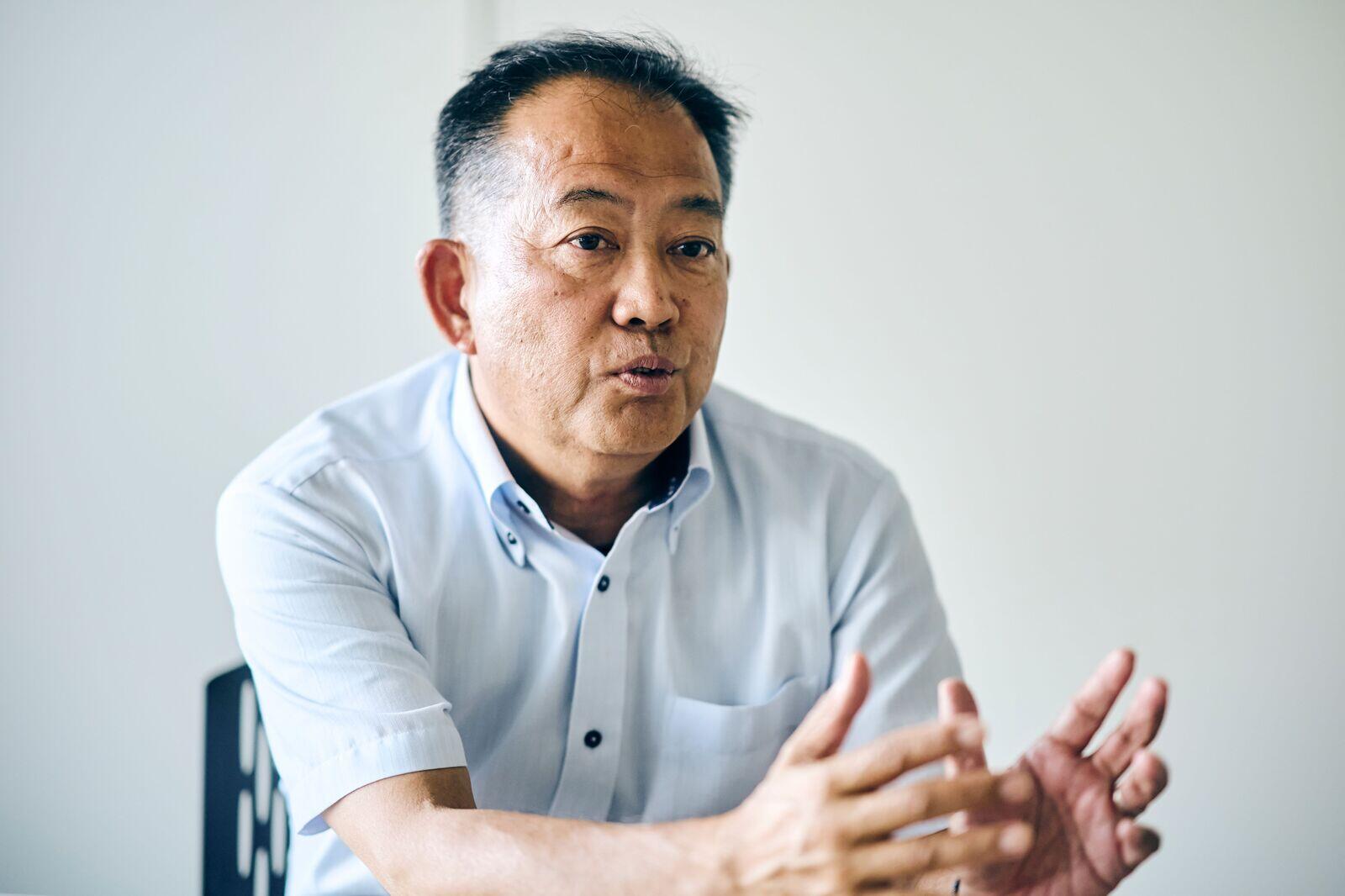
At the start of the Crossover’s development Chief Engineer Akihiro Sarada, who oversaw the project, and Project General Manager Keiichi Yoneda, who was in charge of platform development, arrived at the Advanced Technical Skills Institute Division to make a presentation. I remember being surprised, because such things are not par for the course.
One of only a dozen or so Toyota employees to be given the title of Takumi (master craftsperson), Katayama embodies the “advanced technical skills” that give the division its name. He is part of the FD Team, which conducts the final inspections of dynamic performance for all development vehicles.
Katayama is also dedicated to improving his driving skills and pursuing ever-better carmaking through motorsports, even competing as a driver in the 24 Hours of Nürburgring endurance race in 2016.
He has been involved in Crown development since the 9th generation, unveiled in 1991. For the latest iteration, Katayama supervised the driving dynamics of all four models, including providing direction for the test drivers developing each version in the genba and conducting final checks. Among test drivers, he is something of a Crown Meister.
Keiichi Yoneda, MS Product Planning
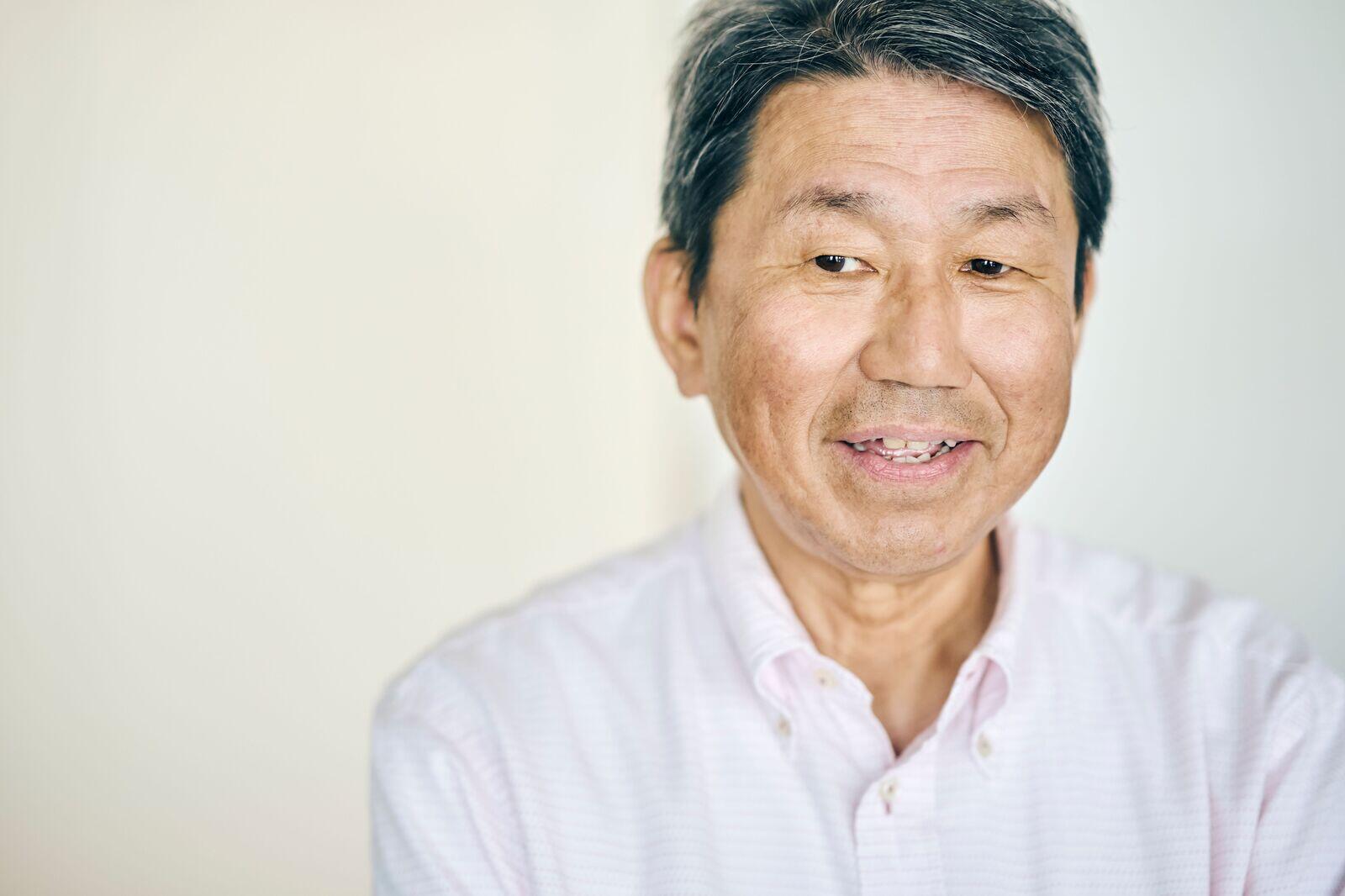
The Crown is Toyota’s flagship model, with a long and proud history. Given its status, customers have high expectations.
On top of that, the big challenge this time was the need to develop a new platform, based on existing TNGA options, within a very short timeframe. We couldn’t do it without excellent test drivers. That’s why we began by visiting the Advanced Technical Skills Institute Division.
Despite the new name, the Crossover is still a Crown, which means it must retain those elements of Crownness, such as quality and comfort. At the same time, being a global model, the new Crown also needed stability at high speeds. I remember discussing that with the Advanced Technical Skills Institute Division.
Katayama and Yoneda are old friends, having teamed up on various development projects as test driver and engineer, including the Lexus LFA supercar.
Listening to the presentation, Katayama sensed that the engineers wanted to revive the Crown’s traditional driving feel after going in a slightly sportier direction for the previous generation, which was honed at the Nürburgring in Germany.
Since the original model, the Crown had always been a sedan with an FR layout, but this time around the raised-up design required a revamped platform.
To make it work, the engineers and ourselves, the test drivers, needed to ensure we were on the same page regarding the new Crown’s direction. That’s why Yoneda and his team came to give their presentation.
Early attempts reveal problems
The project team began by building a preliminary development vehicle. It was based on the Lexus ES, which uses a similar platform with a raised body, newly developed multi-link suspension, and Dynamic Rear Steering (DRS).
Kenichi Ota, an engineer at the MS Control Development Division responsible for the vehicle’s handling stability, reflects on that first attempt.
Ota
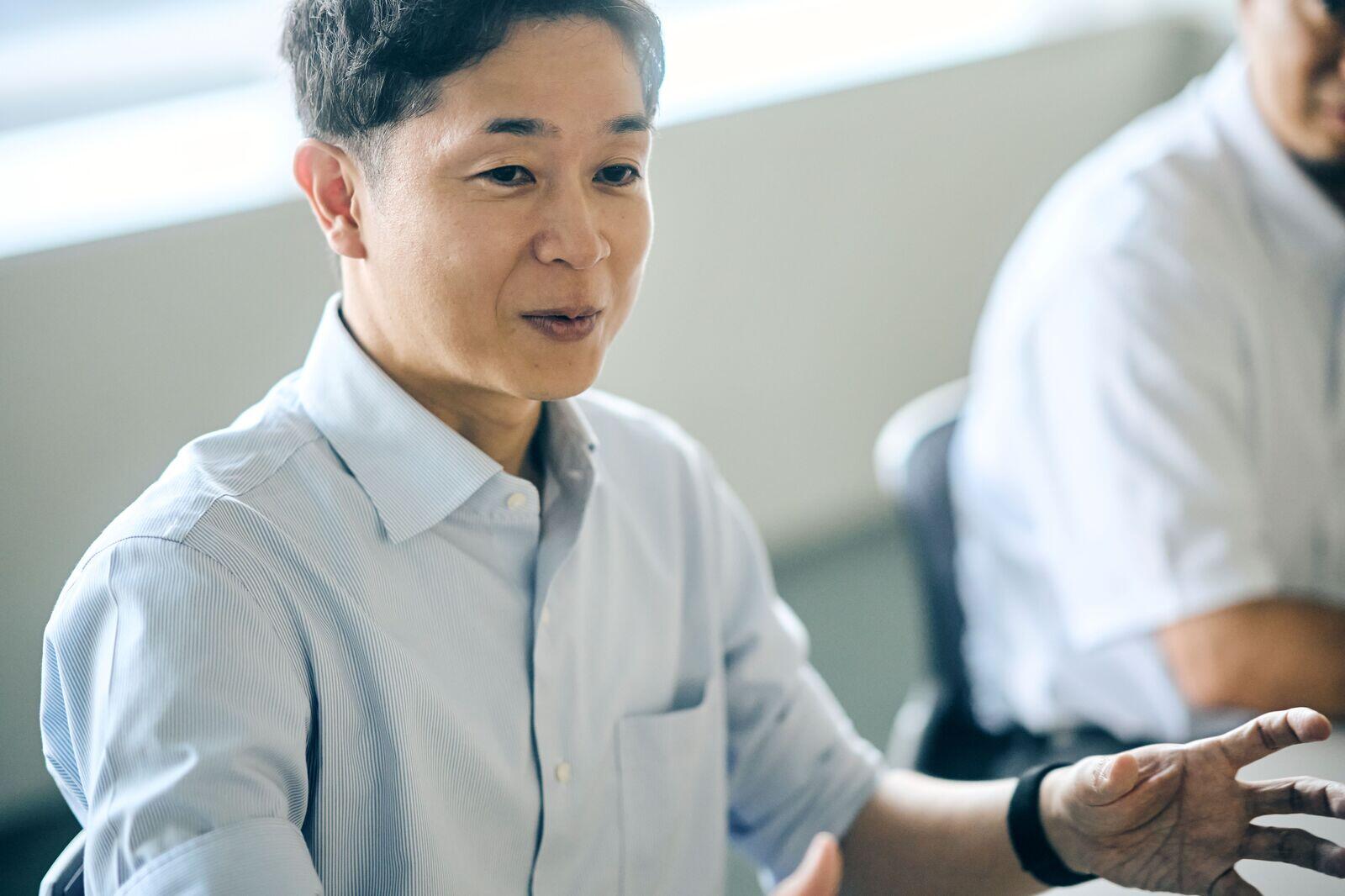
When you lift the ride height by putting on larger wheels, the center of gravity also rises. The Crossover’s center of gravity sits right between a sedan and an SUV, which felt like a potential hurdle to achieving the unique driving experience of a Crown.
The benefits of FR sedans like the previous Crowns include good steering responsiveness and line tracking, along with outstanding handling stability and ride comfort.
By contrast, the higher center of gravity in the new Crossover makes the body more prone to swaying when cornering. If you try to counter this with harder suspension, you lose the quality feel that is central to Crownness. That was the issue we perceived.
Working with Ota on handling stability and ride comfort was engineer Ryo Higashiura, then with the MS Vehicle Evaluation & Engineering Division. He points out that the new platform lacked body rigidity.
Higashiura
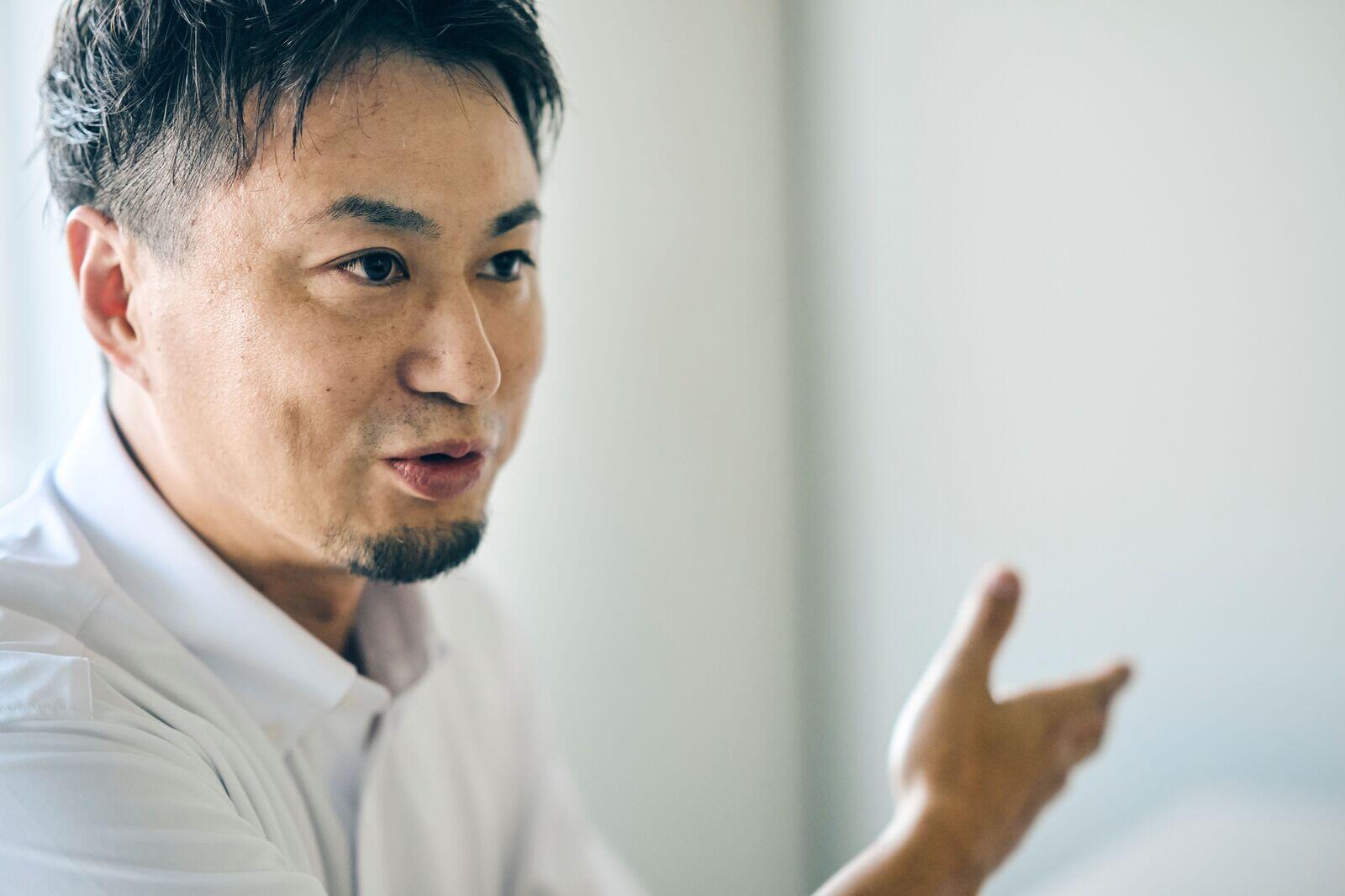
High rigidity stops the body from bending or vibrating, allowing the suspension to move fluidly and creating a more comfortable ride.
In the case of the preliminary development vehicle, Katayama and the other test drivers pointed out the lack of body rigidity, particularly in the rear. We had to address that to achieve a quality ride that is true to the Crown.
Katayama
The base platform is also used in cars like the RAV4 and Harrier, but the key point was where the Crown would be positioned in relation to the Harrier. With that initial development vehicle, we felt it would struggle as a Crown successor, both in terms of handling stability and ride quality.
Based on the feedback from Katayama and his fellow drivers, the lack of rigidity was resolved through a series of design revisions and test runs to determine where on the body additional bracing would be most effective.
In the course of development, the team also ran into another hurdle: the car wouldn’t drive straight. What was all that about?

